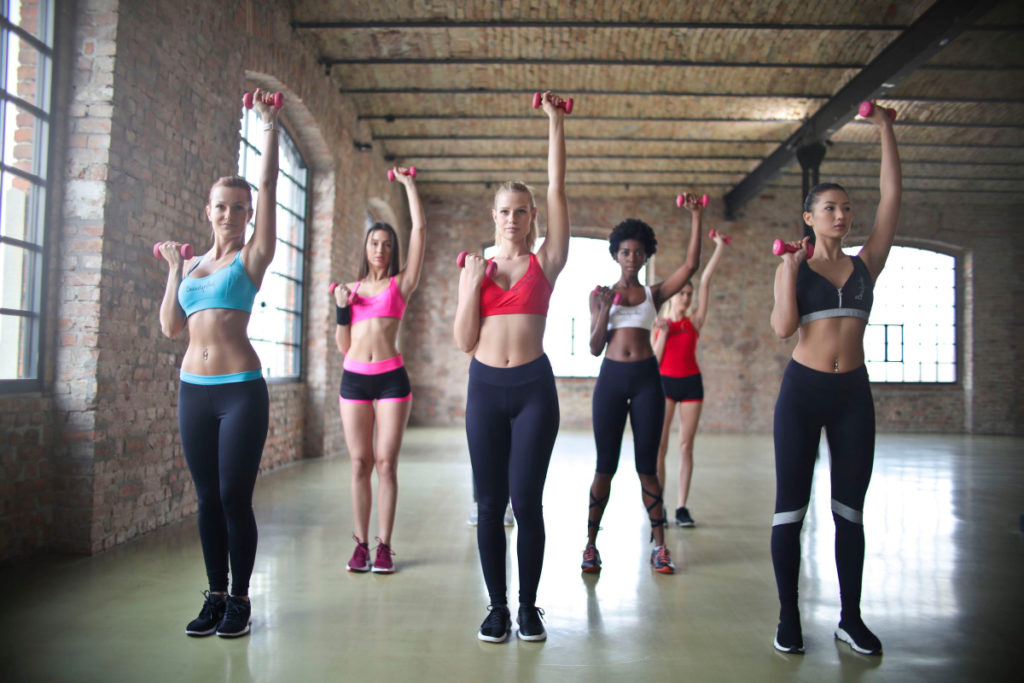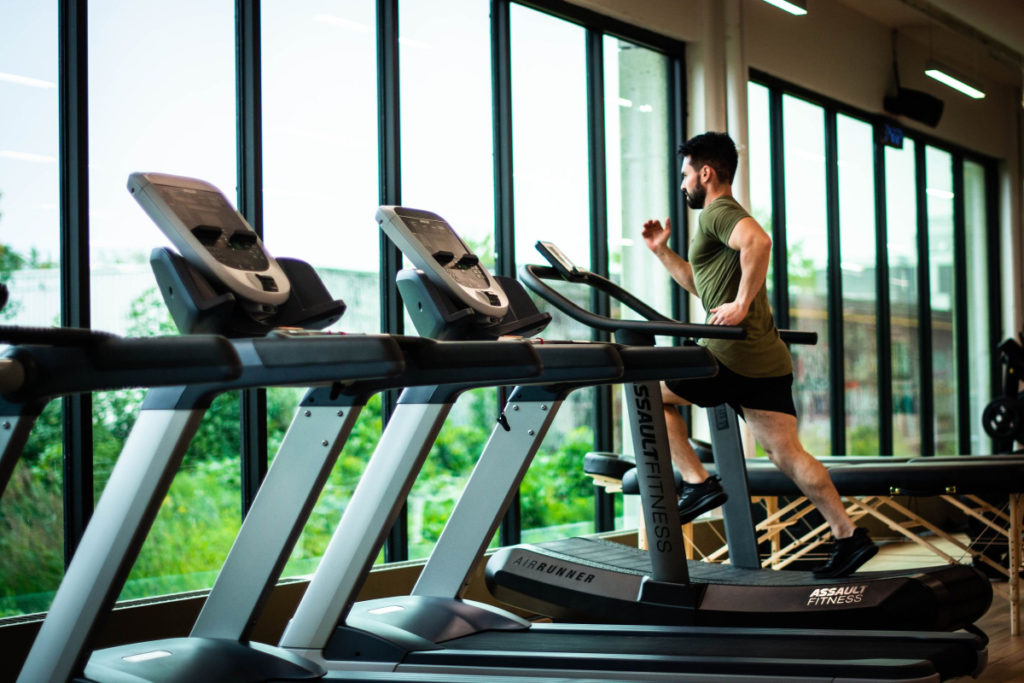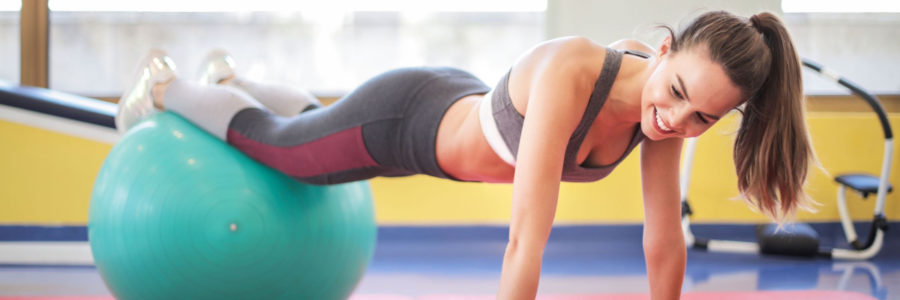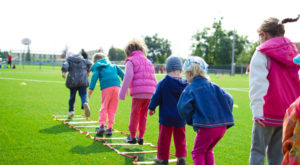It is common for people to sign up for a gym membership and go for a short while and then fall off. The fact is, you cannot get results going less than once a week. And three times a week is kind of a minimum for making progress. This article is not the ideal advice – we are assuming you are struggling with getting to the gym enough and we want to give you some realistic life hacks to get to the gym more frequently and get the results you want.
But first let me say, we have a list of things to try and you should not try them all at once. Chances are, one or two of these will be enough for you to accomplish your goals. The list is longer because different gym strategies will work for different people.
Meet a Friend – One common strategy is to work out with someone on a regular basis. I actually am committed to taking my teen age daughter 3-5 times a week, which has forced me to go. You could meet a friend there and talk while working out. The fact is, you are far more likely to go not going will disappoint someone else.

Do a Program – Whether you do Zumba or Spin, showing up for a class is easier than just popping in at random times. Even if the class is not that challenging, it gets you there and you can more easily go early or stay late and do some extra things.
Make It an Appointment – Time is often the excuse not to go. Don’t think of the gym as an extra. Think of it as a doctor’s appointment.
Go the Same Time Every Day – If your schedule is fairly fixed, you should also fix the time you work out each day. The less you need to think about it and juggle things the more likely you will go.

Go No Matter What on Assigned Days, Even for 15 Minutes – This works wonders for me. As long as I am not ill, I go on my gym days no matter what, even if I feel too tired or too busy. I give myself the option to leave after 15 minutes on the treadmill. I cannot tell you how many times this has worked (a lot) because once there, doing only 15 minutes is silly.
Keep a Log – You can do this electronically or on a paper chart. Track key metrics important to you. How many times you go. How long you stay. How many miles you run. Key personal measurements. A log will encourage you to want to beat last week, or at least not do less.
Appreciate the Results – Depending on your current condition and your body, you might be seeing results in as little as a few trips to the gym. I see better arm definition after 3 arm days, for example. Don’t be shy. Check it out. Show friends. Appreciate the results to encourage you to keep at it.
Hire a Trainer – Working with a trainer once a week might work for you if it motivates you to go the other days and put in the work. Unfortunately, like piano lessons, this depends on your personality and how honest you are with your trainer. You cannot just show up for the weekly session and skip training the rest of the week.
Have a Backup Plan – For days where something comes up and you absolutely cannot go to the gym, have a few weights or a medicine ball at home and do the reps. This way you do not let your body down.
Reward Yourself – Figure out something (could be small weekly or bigger monthly) as a reward if you go the minimum number of times to the gym. This only works if you absolutely follow the rules. For example, if you missed one session because of something that came up that was important, make it up a different time or day, or do not reward yourself, no matter how good the reason was.
Use a Fitness Tracker – There are expensive fitness trackers and inexpensive ones. Just because you cannot afford an iWatch is not a reason not to get a simpler step tracker and keep track of steps daily. If fact, it is probably built into your phone if you buy a strap and keep it on when you are running or walking.
Think Like a Gym Rat – You have heard the expression, fake it till you make it. Well, you have seen those people walking around looking like they own the gym. Adopt an attitude like you are a part of the gym culture and look and act confident. Eventually you have a stronger sense of belonging and will enjoy going more. (We are not endorsing being a gym jerk. Just a confident member)
Have a Gym Playlist – Have a list of music you listen to when at the gym that makes you feel great and gets you pumped up. This will positively reinforce your time at the gym and if you choose your music wisely it can help you work out better and get more excited about the results you are going to start seeing.
Break Glass In Case Of Emergency – If you start to let things slip, you need to have a plan to recognize it and take corrective action. For example, if you miss a full week, what are you going to do to re-jump-start your fitness routine? Know when it is slipping and know what action to take to stop the slide.
This is a big list of things you can do to improve your attendance at the gym. Most of these are hacks to help you form a habit that has previously been hard to form. Over time, you may be able to let go of some of the hacks because your habit of working out is very well established.





 Boards typically meet once a month but it could be more or less. Some are paid positions, and many are voluntary. Some voluntary positions do pay a small stipend to cover expenses. At a minimum, they typically feed you at the meeting and it offers a chance to give back to the community and learn about a topic in more detail. It also improves your skills and knowledge in the area.
Boards typically meet once a month but it could be more or less. Some are paid positions, and many are voluntary. Some voluntary positions do pay a small stipend to cover expenses. At a minimum, they typically feed you at the meeting and it offers a chance to give back to the community and learn about a topic in more detail. It also improves your skills and knowledge in the area.





 Another idea few people bother to do is organize in their own clinic around a sport or activity. For example, your child might like tennis but there are no tennis camps. If you can find a few other families interested in tennis then you can organize a weekly tennis get together and work on your skills. You don’t have to be a coach to develop basic skills and practice. This could be for any sport or other kinds of group activities. You could organize a Spanish club, hiking club, art club or a coding in group. And if you are organizing, this could actually make some money for you if you charge a small fee to the other participants.
Another idea few people bother to do is organize in their own clinic around a sport or activity. For example, your child might like tennis but there are no tennis camps. If you can find a few other families interested in tennis then you can organize a weekly tennis get together and work on your skills. You don’t have to be a coach to develop basic skills and practice. This could be for any sport or other kinds of group activities. You could organize a Spanish club, hiking club, art club or a coding in group. And if you are organizing, this could actually make some money for you if you charge a small fee to the other participants. Lastly a great way to get out and have some fun and not spend any money is to go on a nature walk or a hike. But to make it more interesting for kids consider making a treasure hunt. Decide what things you’re going to hunt for and mark them off the list or take pictures of them when you see them. They could be things like the bluebird or an acorn or are yellow car.
Lastly a great way to get out and have some fun and not spend any money is to go on a nature walk or a hike. But to make it more interesting for kids consider making a treasure hunt. Decide what things you’re going to hunt for and mark them off the list or take pictures of them when you see them. They could be things like the bluebird or an acorn or are yellow car.

 Working with your student, try to use synonyms that will make the writing easier to read and will expand the student’s vocabulary. Choose words that are synonyms but are not as widely used. For example, the list below shows an abridged list of some adjectives that will make your student’s writing more mature without making it too difficult for him/her to write. Start with these simple changes, and your student will begin writing a better paper in the future with little difficulty.
Working with your student, try to use synonyms that will make the writing easier to read and will expand the student’s vocabulary. Choose words that are synonyms but are not as widely used. For example, the list below shows an abridged list of some adjectives that will make your student’s writing more mature without making it too difficult for him/her to write. Start with these simple changes, and your student will begin writing a better paper in the future with little difficulty.







